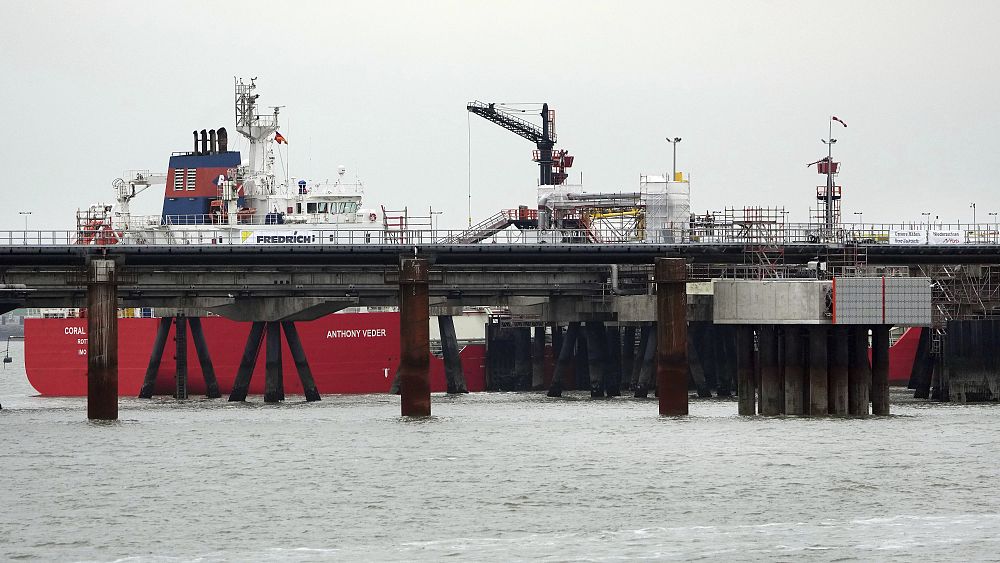Germany completes LNG terminal in move to diversify energy supply

Germany has marked the completion of the country’s first liquefied natural gas (LNG) terminal near the North Sea port of Wilhelmshaven.
Due to open in January, the facility is part of Berlin’s push to become independent of Russian energy sources. Russian gas used to account for half of the country’s supply.
Four more LNG terminals are planned
At least one more terminal, at Brunsbuettel, is expected to be ready around the turn of the year, with facilities in Stade, Lubmin on the Baltic Sea coast and a second terminal in Wilhelmshaven also on the way.
The effort to make Germany independent of Russian gas was well underway before Russia started reducing supplies through the North Stream 1 pipeline, which was its main supply route, in mid-June.
Russia at that time cited technical problems that German officials dismissed as cover for a political decision to exert pressure on an ally of Ukraine.
Germany has filled its gas storage facilities ahead of the winter, although officials stress that it is still necessary for households and businesses to conserve gas.
A significant building block
“This terminal is a significant building block for Germany’s supply security, with this, we can import about 8% of German natural gas consumption,” said Christian Janzen, project leader at the Wilhelmshaven terminal for gas importer Uniper.
“The capacity of the terminal is about 5 billion cubic metres and we expect that every week an LNG tanker will come, unload, vaporise and then the gas will be fed into the German natural gas grid.
“With 5 billion cubic metres, it is possible to supply approximately 2 million to 5 million households with natural gas per year” he added.
Most of the arriving tankers are coming from the Netherlands and Belgium.
A storage facility and a regasification plant are still needed, however. Both are expected to arrive next month.
Gas is used to heat homes, power industries and generate electricity. It accounted for 11.7% of Germany’s electricity generation in the first half of this year, down from 14.4% a year earlier. Coal accounted for 31.4% of the energy mix, renewable energy sources 48.5% and nuclear power 6%.
The country’s oil and coal-fired power stations have been restarted and the life of Germany’s last three nuclear power plants, which were supposed to be switched off at the end of this year, has been extended until mid-April of next year.
Russia hasn’t supplied any gas to Germany since the end of August.
Germany completes LNG terminal in move to diversify energy supply
Source: Reporters View PH
No comments